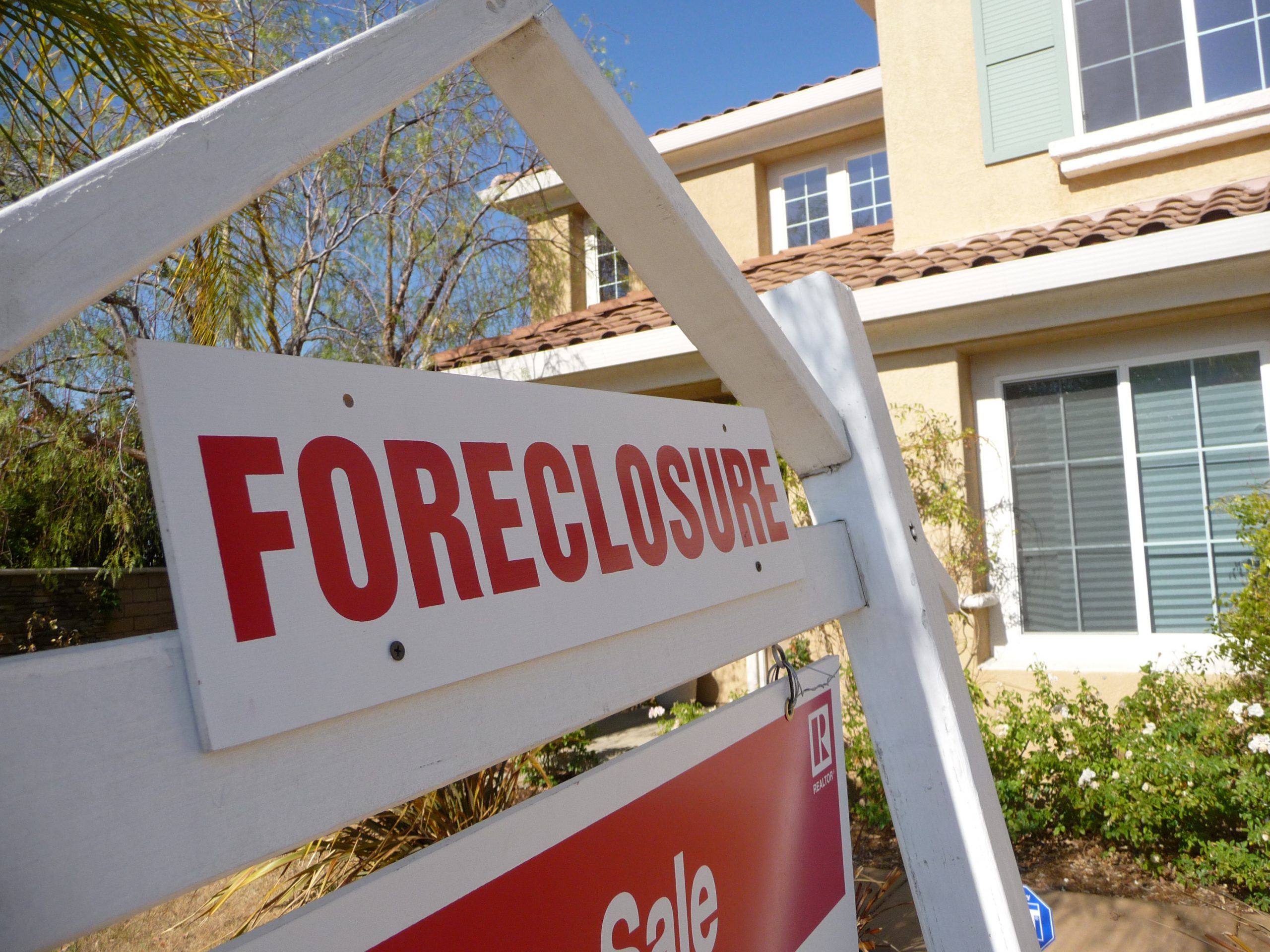Part 1: Foreclosures
If you’re shopping for a home, you’ve probably come across properties listed as “foreclosures” or “short sales.” What do these terms mean? What are pros and cons? In this post, we’ll get into foreclosures – what they are, and what they mean for the people involved in them. We’ll check out short sales in part 2.
What is a Foreclosure?
A foreclosure occurs when a homeowner stops paying their home mortgage. Unfortunately, there are consequences when this occurs, up to and including eviction. The mortgage lender is forced to take action in an attempt to sell the home and make up the remaining balance on the loan.
The stages of a foreclosure:
Stage 1: Missed payments – Foreclosure procedures vary from state to state, but they all start when a homeowner fails to make timely mortgage payments. This usually happens because the homeowner is going through some hardship – unemployment, medical bills, divorce, etc.
Stage 2: Public notice – After 3-6 months of missed payments, the lender records a public notice of default with the County Recorder’s Office. This is intended to communicate to the homeowner that they are in danger of losing all rights to their property, and may be evicted if they don’t resolve the situation.
Stage 3: Pre-foreclosure – There’s a grace period after the Notice of Default, allowing time for the homeowner and lender try to come to an agreed upon arrangement. This period can last between 30-120 days, and the homeowner has the opportunity to find an alternative to foreclosure, such as short selling the home (which we’ll discuss later on) or paying off the default, at which point foreclosure ends and the homeowner avoids eviction. It’s also sometimes possible to avoid a foreclosure by refinancing your mortgage, or by working with your lender to modify your payment schedule.
Stage 4: Auction – If the default is not settled and the homeowner is unable to come to an arrangement with the lender, the home is sold at a foreclosure auction. The home is sold to the highest bidder at this auction. The funds earned are used to compensate the lender and resolve any additional liens on the property.
Stage 5: Post-Foreclosure – If no one purchases the home at auction, the lender becomes the owner. The lender will then try to sell the home to recoup some of the losses they have suffered during the foreclosure process.
Pros
Homebuyers and investors often look at foreclosures because they can be a great deal. Lenders typically don’t want to hold on to foreclosures – they want to sell them to try and recoup some of the money they’ve lost on the property. Lenders are often willing to sell foreclosed properties at a discount to get them off their books. Due to this, homebuyers can often obtain a nicer home in a more desirable neighborhood than they would have been able to afford otherwise. For the same reason, foreclosures are popular with investors because of the potential profits made by reselling the house – you can buy a house for cheap, fix it up, wait until its market value increases, and sell it for a higher price!
Cons
Though foreclosures have a few benefits for buyers, everyone can be impacted by the negative aspects of foreclosures. Lenders, for example, lose money. But what about the people having to go through the foreclosure? It’s an emotionally stressful time for a homeowner when experiencing a foreclosure. They may already be facing a hardship which prevents them from paying off their mortgage, and because of that difficulty paying, are being forced out of their home. On top of that, being foreclosed on really hurts your credit, and remains as a black mark on your credit report for up to 7 years.
For buyers, it’s not so much “bad” as it is risky. When people are foreclosed on and evicted from their home, they sometimes cause damage to the property as a way of getting back at the lender, attempting to make them lose more money on the home. Foreclosed properties also tend to sit, unmaintained, for quite a while. Lenders sell foreclosed property “as is,” meaning they won’t fix anything before they sell it. This leaves the buyer to deal with any necessary damage or neglected maintenance, which can be pricey. If extensive renovations are necessary, it may not be possible to move into the home right after you buy it. There are definitely a lot of things to consider.
This concludes Part 1, Foreclosures. Check back soon for Part 2, Short Sales!
Check out our other blogs, or give us a call if you have any questions – 877-706-5856

